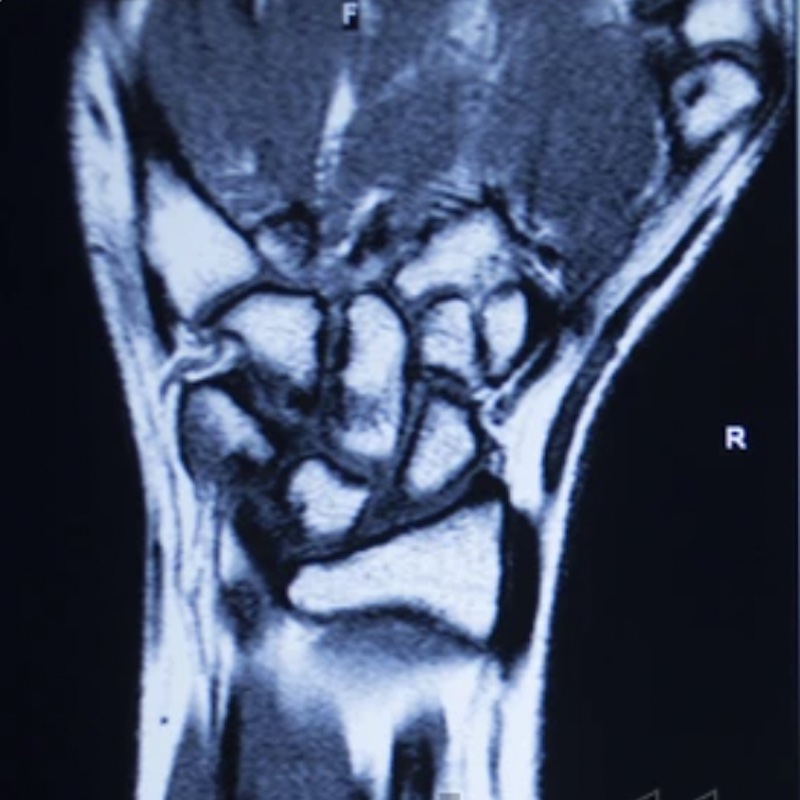FOOSHnet
AI detection of scaphoid fractures in MRIs.
Modality:
MRI
Pathology:
Occult scaphoid fracture
Status:
Concluded

CSC Lead: Laurence
This project has been withdrawn. The benefits of this project would be outweighed by the cost of development as 3D data is complex and varied. Instead, all energies were focused on ScaphX. This project may be revisited at a later date if capacity permits.
TOHETI study demonstrated economic advantages of primary scanning with short sequence MRI where scaphoid fractures are suspected but not demonstrated on Xrays. Since MRI is highly sensitive, an automated AI detection of fractures in MRI would potentially allow MRI to be reported by AI directly, reducing waiting time and burden on radiologists. If applied this is likely to benefit communities where there are fewer radiologists available for image interpretation and allow triage of reporting.
Clinical lead: Davina Mak
Rationale
Scaphoid and occult carpal fractures can be difficult to identify in MR images, typically requiring specialist radiologists that are not always available. This project aims to develop an AI application that can automatically identify these fractures.
Patient Pathway
Patients with suspected scaphoid or occult carpal fracture are given an x-ray in A&E, if practitioner cannot identify a fracture, the patient is referred for MRI.
Training data
Approximately 2000 MRIs were collected and labelled to serve as the training data.
Testing data
Approximately 300 MRIs were collected and labelled to serve as a holdout dataset for testing of FOOSHnet.
Risks
Needless referrals to fracture clinic and needless immobilisation in patients who do not have a fracture; possibility of repeated x-rays and referrals to MRI
Goals
An automated computer aided diagnosis tool triggered when appropriate MRI data are received able to streamline the workflow and enable faster reads of scans.
Success criteria
Improvement in diagnostic accuracy and diagnostic speed.
Alternatives
Currently no commercial products identified.